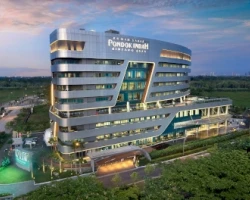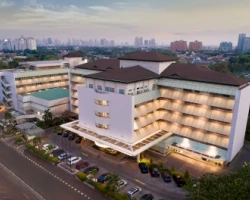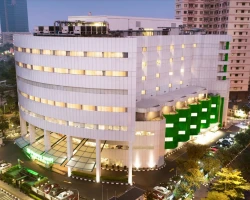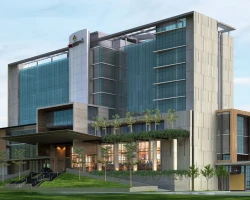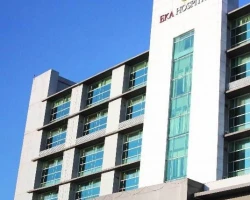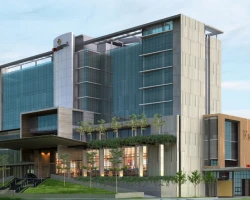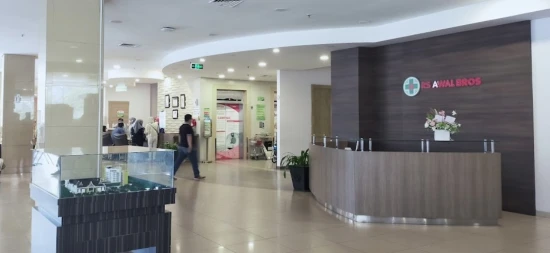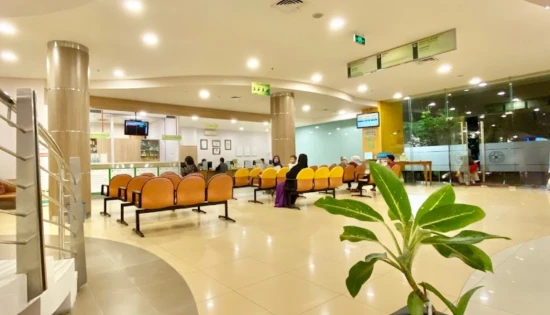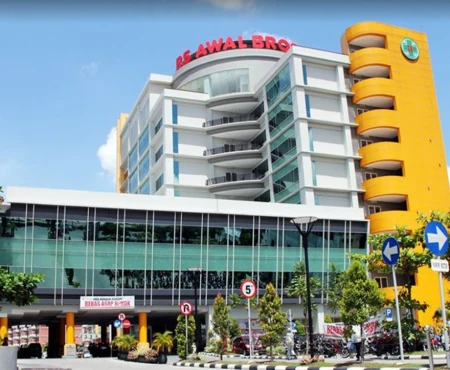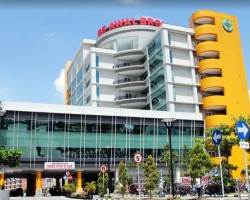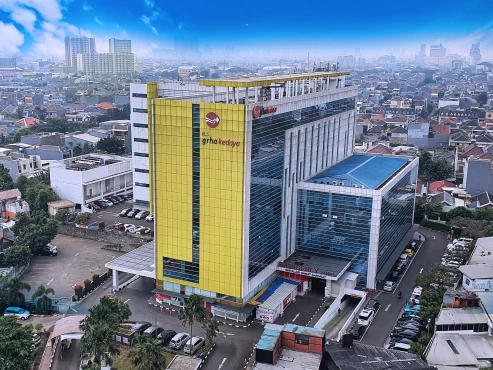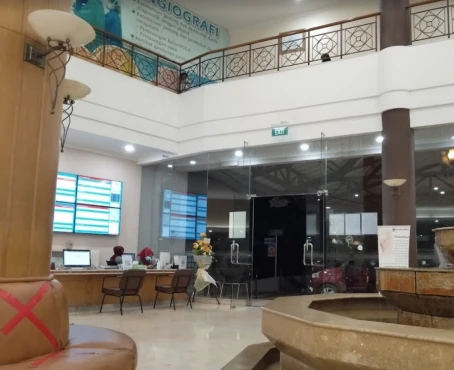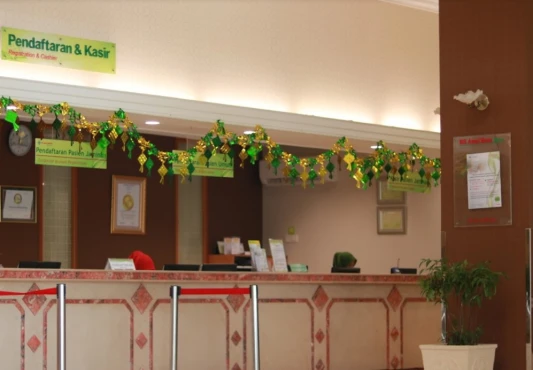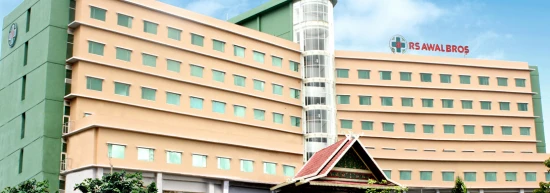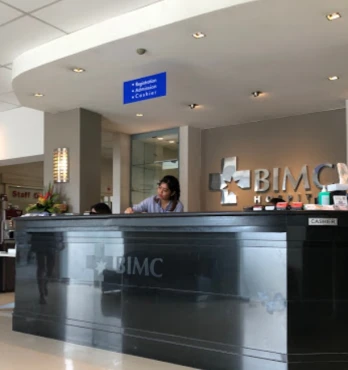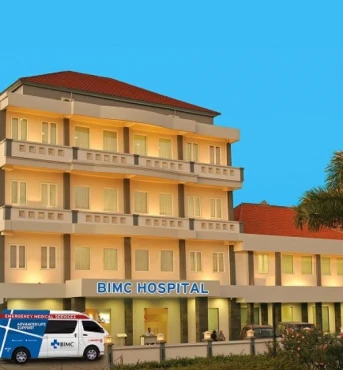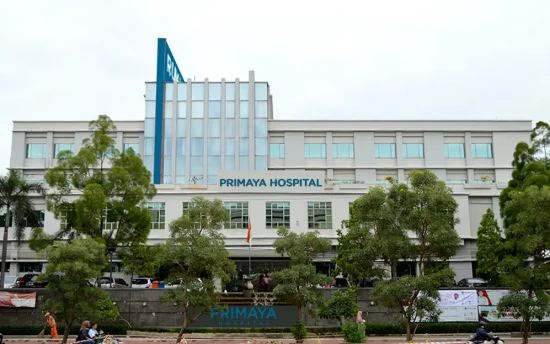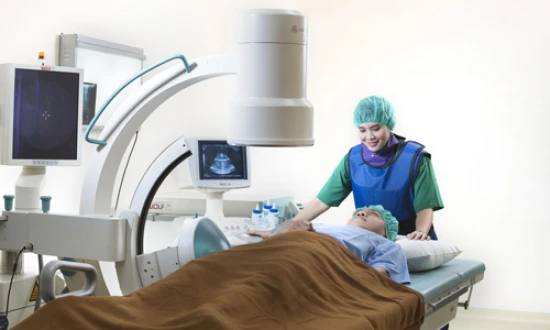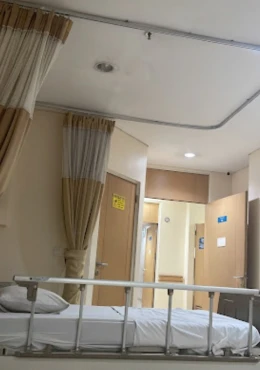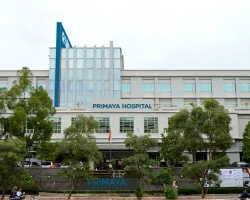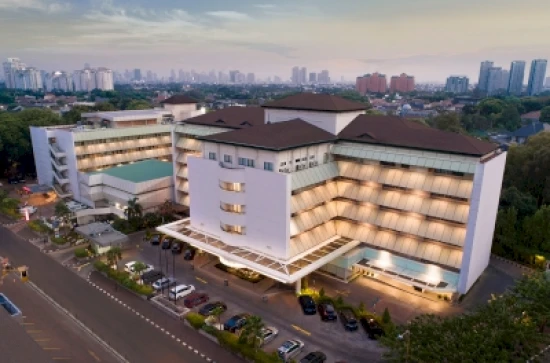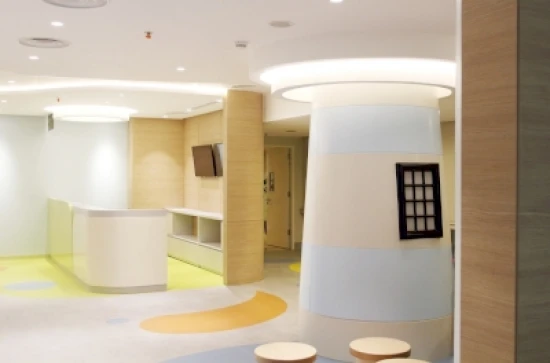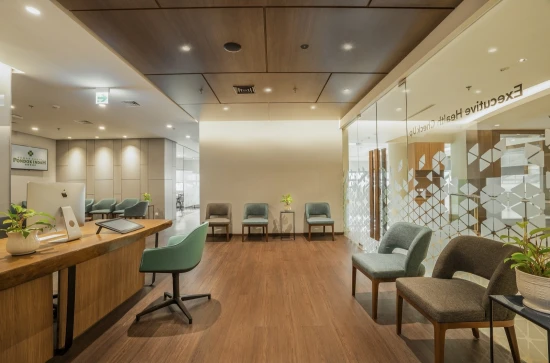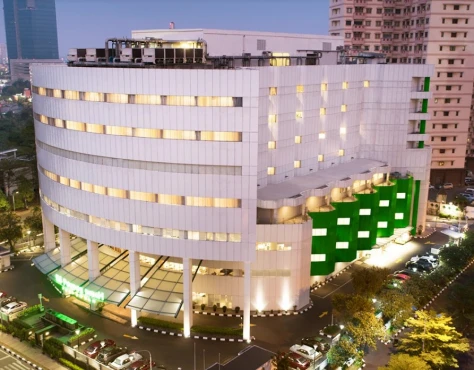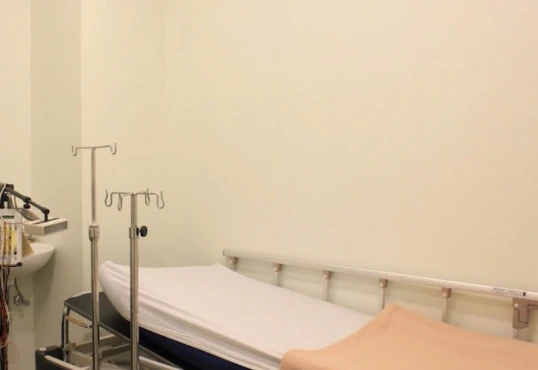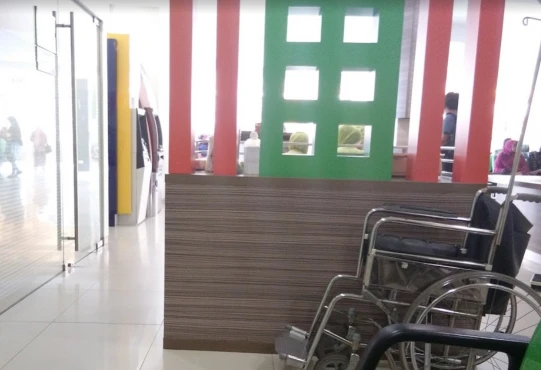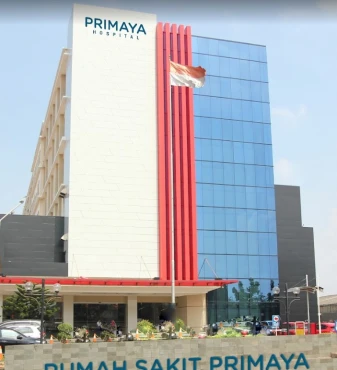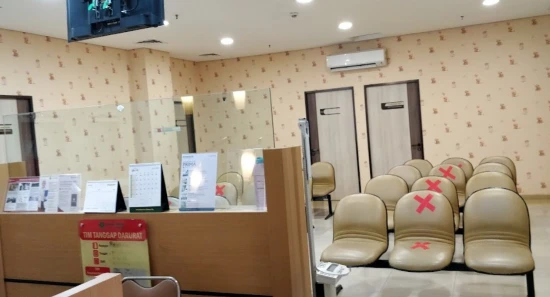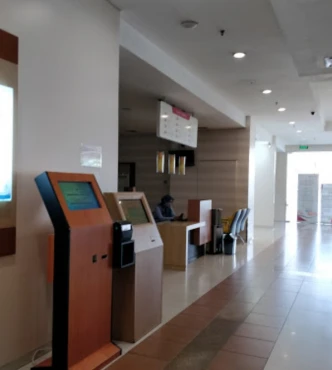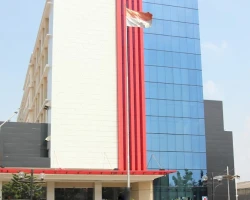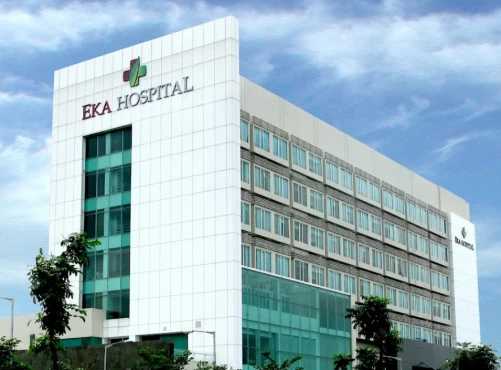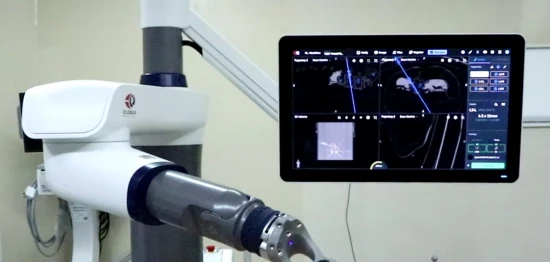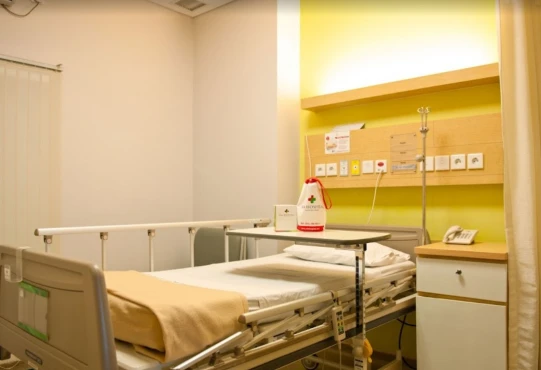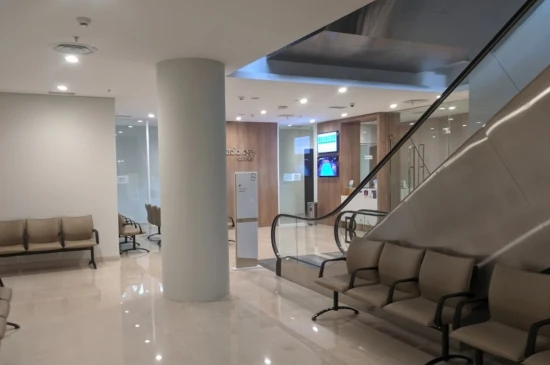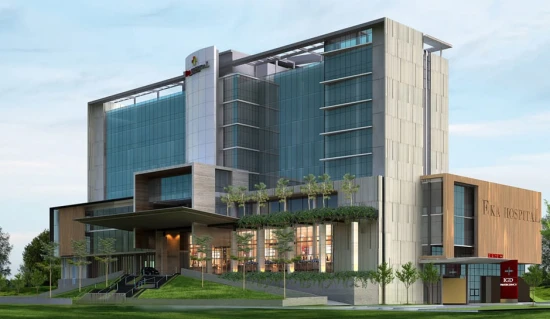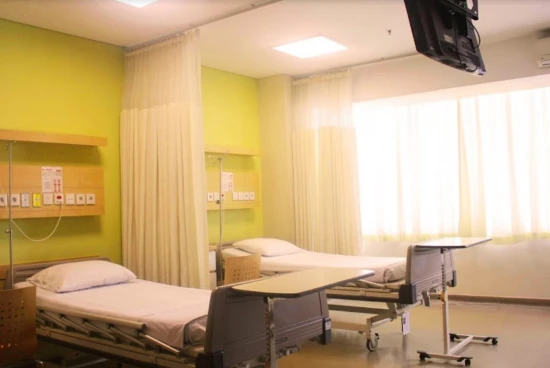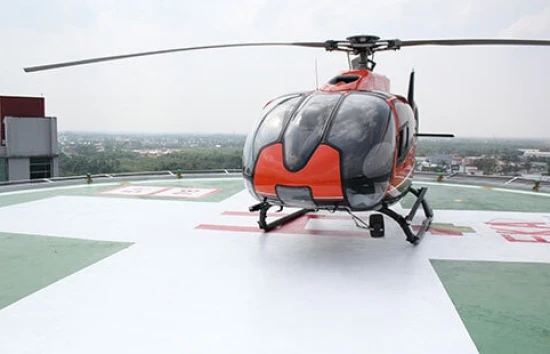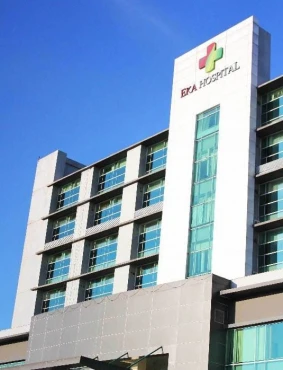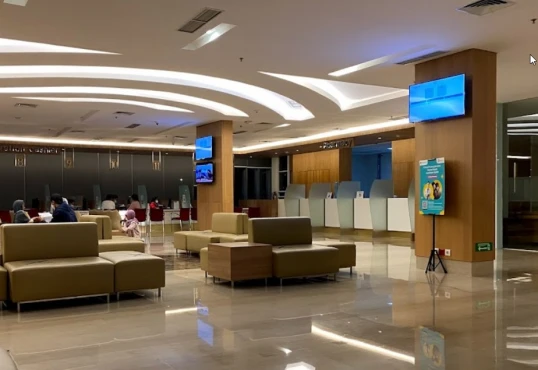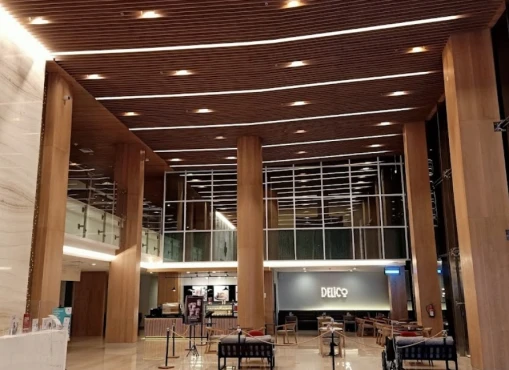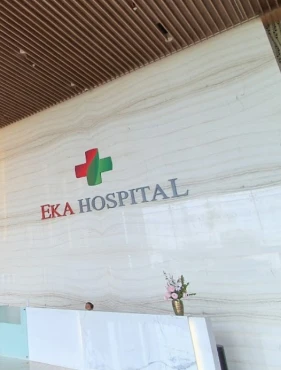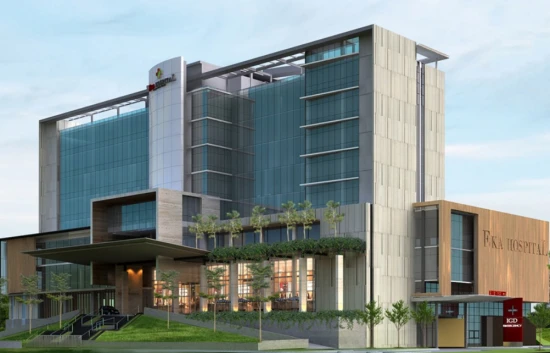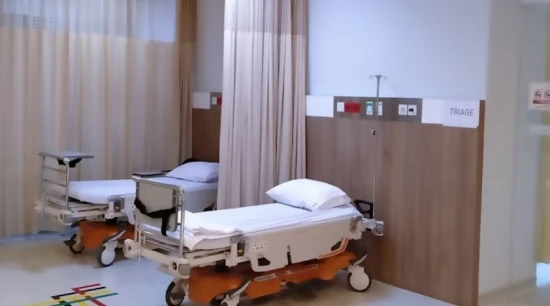from Kelvin Valentino
October 16, 2023
I had an appointment at 19.00 but waited for two more hours to visit the doctors, already checked each 30 minutes to the nurse for the appointment, and the nurses were very unfriendly & unsupportive. Very bad and unpleasent customer experience.
from Nancy Lee
August 29, 2023
Overall great doctors and nurses, but extremely poor management. Especially when it comes to insurance payment, expect you'll spend at least an extra 1 hour to get your number to be called.
If you need to be hospitalised, this is one of the hospital you need to stay away from, especially when it comes to food allergy. Perhaps they never put patients' food allergies in the system during their hospital stay. In my case, what allergies you have, that's what they going to feed you. Not sure what the purpose is, probably an extra bucks from allergy medications they'll prescribe, unless you starve yourself during your stay.
On top of that, any treatments which requires insurance approval will be only submitted after 11:00AM, once a day. If it's emergency, you definitely will get worse while waiting or even loosing your life while staying in the hospital. The same story when you'll be discharged, expected to spend longer than 6 hours to finally be able to leave the premises due to their horrendous insurance handling procedure.
Next time, think of other hospital options before admitting yourself to Eka hospital and its chain, unless there's no other private hospital in the area.
from Ciwi Paino
August 06, 2023
Located just on the street side and near to the toll gate.
Relative small for its building and its parking area, but very crowded... therefore, be ready for long que and stuck each other.
The service of the nurse and doctors can be categorised as good.
It has several facilities like Lawson store, restaurant, and Puyo outlet.
However, as there are so many people compared to its space, so you would see too many people pack in a limited space, you may not easily to move or can find a place to seat. The doctor is very nice in explaining and giving solution, he would give solution for non medical solution, so we can do it by ourselves without need to use the hospital services
The specialist rate is around 400 to 500 K for consultation, beside there is administration fee of 60K too..
I went there to consult with specialist doctor for my kid. We had to register and fill online form before come, to get the slot appointment. When arrived, we need que to inform the front desk before go to the policlinic to have the number for the doctor.
